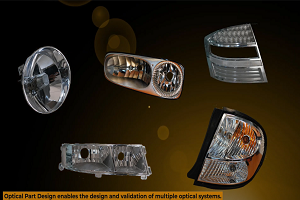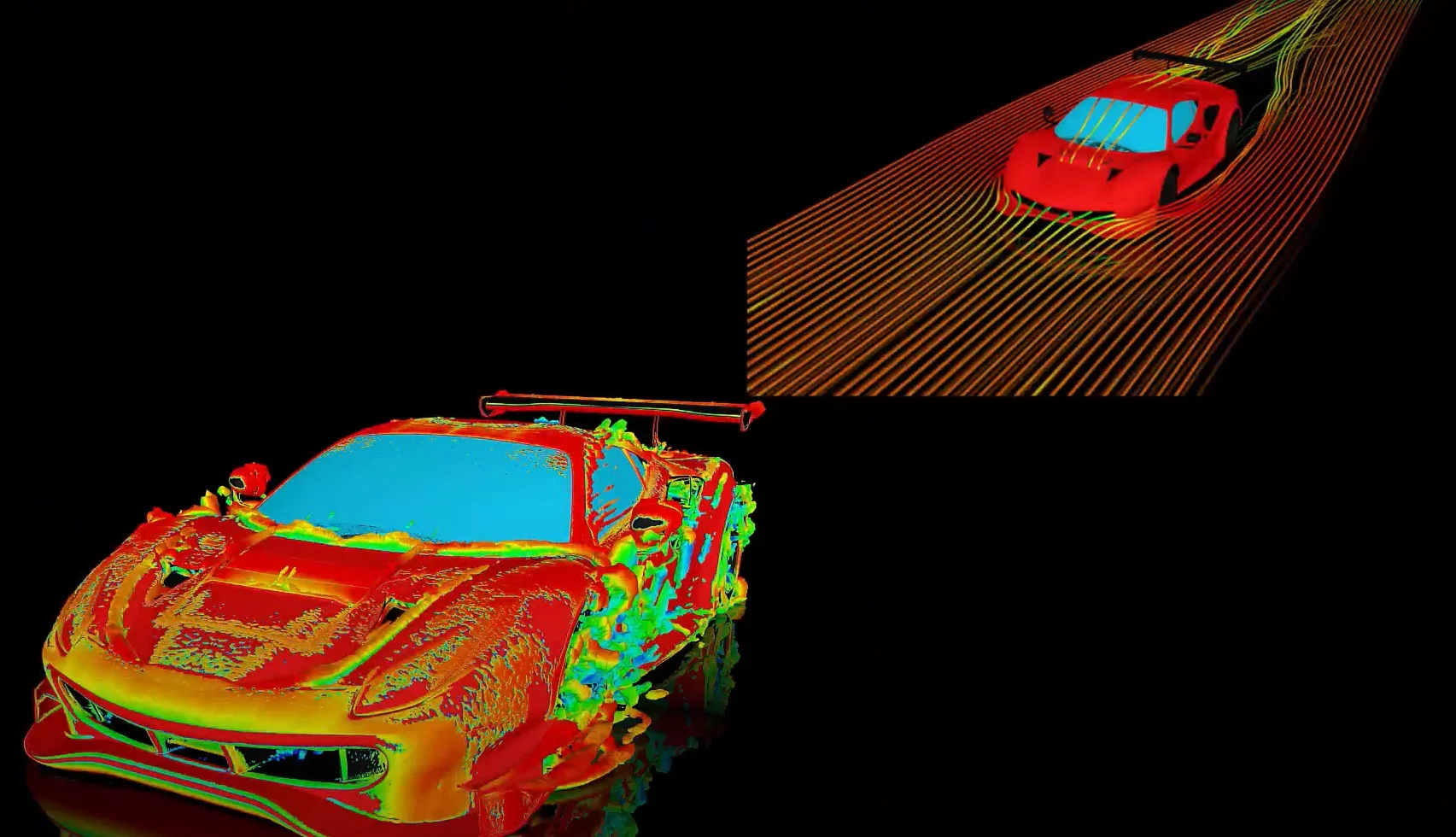Why there is difference in contact status between two load steps during Bolt Pretension? LS1: Bolt is Loaded LS2: Pretension is locked
Tagged: 18.2, contact, General, mechanical, structural-and-thermal, structural-mechanics
-
-
January 25, 2023 at 7:34 am
 FAQParticipant
FAQParticipantWhen the bolt is loaded (LS1):The status is sticking + sliding with more of the region in sliding. On locking the pretension (LS2) due to elastic slip there is reduction in sliding region. The definition of the sliding distance indicates: The total sliding distance (SLIDE) is the amplitude of total accumulated slip increments (a geometrical measurement) when the contact status is sticking or sliding (STAT = 2, 3). It contains contributions from the elastic slip and the frictional slip. Elastic slip due to sticking represents the reversible tangential motion from the point of zero tangential stresses. Ideally, the equivalent elastic slip does not exceed the user-defined absolute limit. The higher the tangent stiffness, the smaller the resulting elastic slip.
-


Introducing Ansys Electronics Desktop on Ansys Cloud
The Watch & Learn video article provides an overview of cloud computing from Electronics Desktop and details the product licenses and subscriptions to ANSYS Cloud Service that are...

How to Create a Reflector for a Center High-Mounted Stop Lamp (CHMSL)
This video article demonstrates how to create a reflector for a center high-mounted stop lamp. Optical Part design in Ansys SPEOS enables the design and validation of multiple...

Introducing the GEKO Turbulence Model in Ansys Fluent
The GEKO (GEneralized K-Omega) turbulence model offers a flexible, robust, general-purpose approach to RANS turbulence modeling. Introducing 2 videos: Part 1 provides background information on the model and a...

Postprocessing on Ansys EnSight
This video demonstrates exporting data from Fluent in EnSight Case Gold format, and it reviews the basic postprocessing capabilities of EnSight.

- How to reduce contact penetration?
- How to decide which side should be Contact and which should be target in Contact definition?
- What is the difference between secant and instantaneous coefficients of thermal expansion (CTE)?
- Does ECAD trace mapping support more than one type of trace material (usually copper) in the same layer?
- How to use the Newton-Raphson residuals option under Solution Information?
- How to plot stresses of a beam connection in Workbench?
- How can I understand Beam Probe results?
- How to find total heat flowing through a surface in Mechanical?
- Difference Between Environment Temperature and Reference Temperature in Mechanical
- How can I apply a controlled rotation in ANSYS Mechanical

© 2025 Copyright ANSYS, Inc. All rights reserved.

